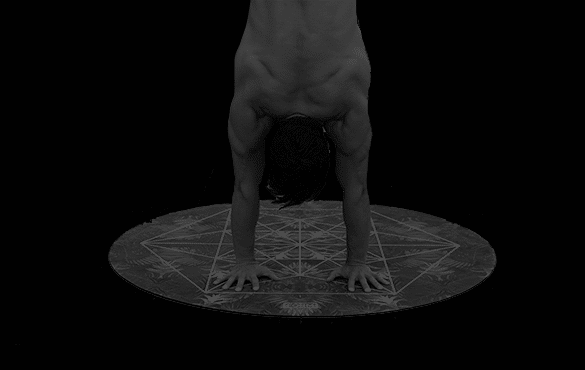I loved doing handstands when I was growing up. I could train them without requiring any equipment and I did not need much space. Even though I classed myself as an aerialist, I enjoyed the challenge of doing handstands, anywhere and everywhere. It was the first solo act that I performed professionally, so I may seem bias about recommending all circus enthusiasts to learn to do handstands. Many people all over the world love doing handstands, most of whom do not perform hand-balancing professionally. There is a tremendous amount of satisfaction being able to kick up or press into a handstand and stay up and balance there for as long as your energy allows. Equilibrists are much more proficient and go the extra step to learn one arm balances and multiple beautiful poses which seem impossible, until you see them being done. I respect and thank all of those extraordinary hand balancing specialists, who have so much passion to have developed it into one of the most difficult of all “basic” circus skill.
Why do you think it is important to learn to do a handstand when you are an aerialist? Why go through the pain and strain and frustration of so much failure, learning to do something that will not benefit you? This is the point of my blog today. It is very important for you because as an aerialist, you invert about 50% of the time while you train or perform. If you know how to do a handstand, being inverted gives you a sense of awareness of where your body is, and how it usually feels when you are inverted. Having this awareness makes many skills easier since you will not lose orientation, especially when learning new skills. Knowing where your feet are in relation to your body is very important, and this is why learning handstands are a great tool to use for helping you learn inverted skills on your chosen apparatus. I believe that if you are patient enough to go through the training that it takes to learn a good handstand, you will be able to learn almost anything else in the broad field of acrobatics in our awesome circus industry.
During this global period of self-isolation, it is a perfect time to do something productive by training handstands. Not only is it a great way to keep your strength up, it will give you satisfaction and awareness that will help you, once you are able to return to your training space and get back up on your gear. There are many sites on social media giving very good advice for people who want to learn how to do a handstand. I give a big shout out to “Handstand Anonymous” on Facebook where many generous handstand professionals give you free advice from beginner levels all the way to high skill level. If you decide to take up the challenge to try to learn to do a handstand by the end of the Covid-19 pandemic, I salute you and wish you luck. I also remain at your service if you want advice from me regarding your handstand training. I might caution you that if you are a beginner, make sure that you clear away items of furniture which you might damage if you fall on them! Use a clear wall (only socks against the wall), and once you are inverted, look through your arms to try to see your feet. This is a good habit to learn early in your training. The rest is frustrating fun and great satisfaction when successful.








